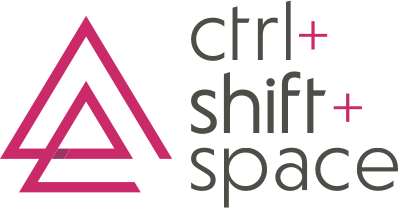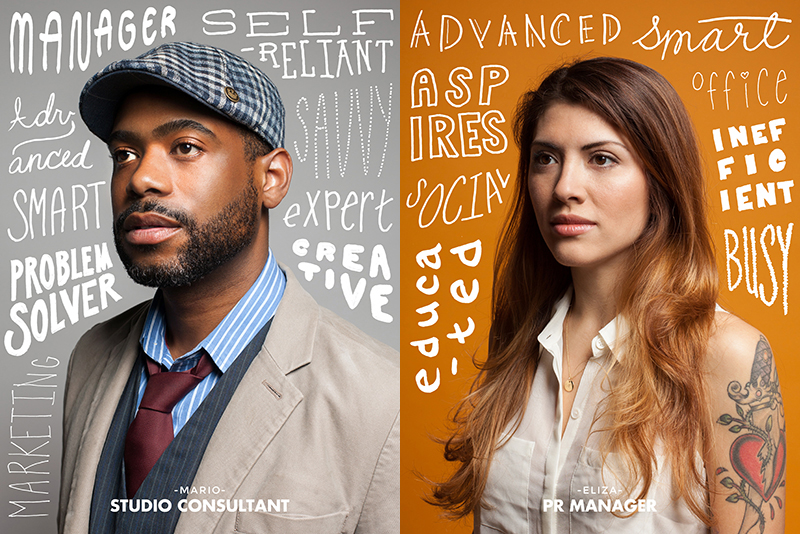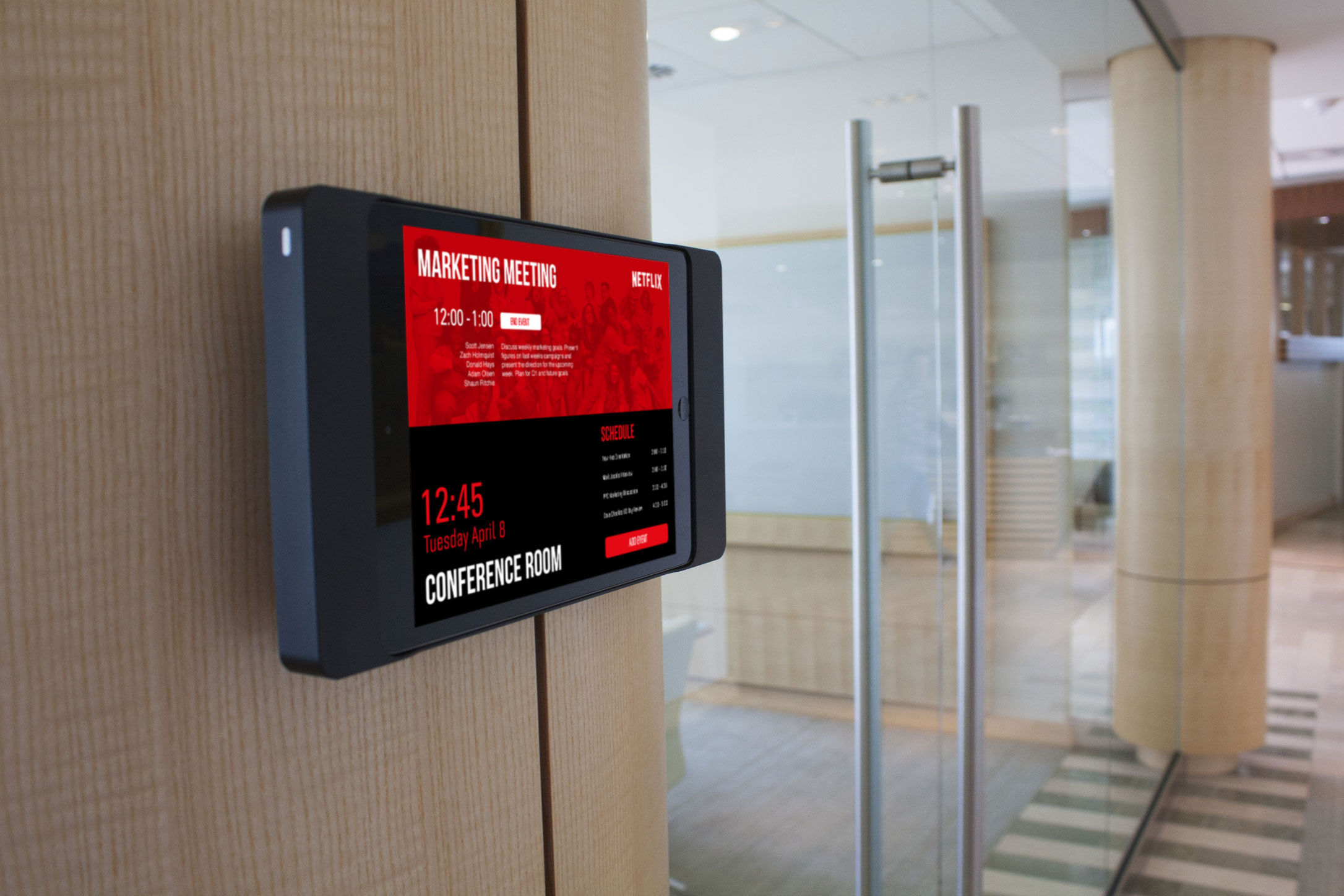In recent news, Employee Engagement is a topic difficult to avoid...
In this article, focused on Keeping Interiors Engaging, you’ll find 5 important workplace strategy and design considerations to keep in mind when aiming to alter and improve employee engagement.
Before we jump in though, for those of you who are wondering what truly IS an engaged employee - here’s what Wikipedia has for a definition:
“…one who is fully absorbed by and enthusiastic about their work and so takes positive action to further the organization’s reputation and interests. ”
You might also think of it as a person’s emotional and psychological connection to their job, or lack thereof, that affects performance and feelings of accomplishment or satisfaction. For the purpose of this article on keeping interiors engaging, here are the 5 aforementioned considerations which ought to stay at top of mind when undergoing a physical workplace transformation.
ONE:
Know
Your
Audience
While contemplating what an employee should feel, know and do when on the job - there are several perspectives to look into before sorting out just how to go about altering your physical surroundings to make a positive impact on employee engagement. Knowing your audience can mean several things, such as: understanding who uses your workplace and how they should experience it; discovering what generational/gender/nationality influences and/or individual personality traits may be at play; or recognizing how different career/life stages may be affecting behaviors. Each of these variables, if left out of the design strategy equation, can make or break a space-plan, taking it from well-intended to less than successful.
Create some imaginary colleagues & clients...
With the above in mind, one tactic for companies to use to help ensure a new or renovated office space meets the needs of its users, is to identify and develop typical employee, customer and visitor personas to guide decisions. These will help to better inform ways of planning a supportive, inclusive and high energy environment that empowers communication and interaction among a wide variety of different individuals who use the space regularly, intermittently or even rarely.
In other words, leverage your office space as an engagement tool through offering choices where different people (personas), during unique visits or at different times of the day, can select areas to use that are best suited for specific work tasks or activities. This gives people actual (or imagined) control over addressing their emotional and psychological needs.
For instance, whether it be the desire for solitude or social interaction, or the need for spaces that function well for small team gatherings or one-to-one mentoring situations, having a variety of intentional, relevant, technology-supported and activity-based work areas can go a long way toward encouraging more productive, high-performance behaviors. Especially, when the design of these myriad places align with the company’s values and its unique culture, this approach aids with the goal of improving and maintaining a heightened level of engagement within the physical surroundings.
TWO:
Go
With
the
Flow
Before overhauling a space, a company ought to start with preliminary assessments, surveys and such, as the first step when looking to measure how the physical environment impacts performance and engagement. To properly evaluate the interdependence between these two data points, requires a commitment to regular pulse-taking, and check-ins with staff and visitors, as proactive actions to inform whether further adjustments may be necessary to improve and optimize the work surroundings - on a consistent basis.
Another place to begin gathering facts concerning engagement is through direct observation. Quite literally, this means watching and taking notes as to how individuals interact with one another and the space surrounding them. This exercise will provide a more humanistic approach to understanding how people, teams, departments and so on, either encourage or discourage individuals to fully engage in their work.
Questions to ponder during these observations may be:
Is the furniture or equipment flexible and simple to rearrange, and also suitable for various activities?
Is the lighting adequate, or does it interfere with viewing materials on screens, or on writable surfaces?
Does it appear that everyone has direct access to, and can easily use any available technology?
A flexible and engaging design can be a real bonus...
Having the freedom to make changes on the fly to help satisfy immediate needs, or tweak a layout for optimal use, is key to an agile work environment that puts a priority on resiliency and adaptability. With any hackable space, it’s also important to put into practice the habit of clearly setting - and reinforcing through role-modeling, reminders or other behaviors - some loose rules or norms as to how people ought to use a space, and to what degree or manner that furniture or equipment is allowed to be rearranged, moved, or repurposed. These guidelines will provide individuals with the freedom to go with the flow of their work instead of being hindered by a fixed-state environment, and at the same time sets expectations of what it means to be a good neighbor and colleague who shares the work environment with others.
Seeking a real-world example of how technology plays into keeping interiors engaging, EventBoard's CEO and co-founder, Shaun Ritchie, provided us with these insights:
The question:
How do your digital displays connect employees to the space and brand, or to one another, as well as encourage engagement with their work and physical surroundings through more experiential design?
EB's answer:
We've seen many fascinating customer use cases showing that well-designed digital conference room displays can connect employees to their space and to one another by promoting good office culture and meeting behavior.
In one company, there was a C-level manager essentially squatting in a meeting room all day. He was keeping others from using the space but everyone was too intimidated to ask him to leave. After deploying EventBoard, the meetings scheduled for that room for the day were made visible to everyone outside the room, including him, so he started proactively being a better corporate citizen and respecting others' workflows better.
More and more, people are embracing the concepts of flat management, holacracy and shared resources. Meeting scheduling and room display technology help promote that concept, giving employees better visibility and understanding of previously difficult-to-access data. Without having to create new handbooks or written policies, companies are able to provide employees with an enabling technology that reduces friction in the workplace.
“By surfacing the right info at the right time, it levels the playing field: Anyone can quickly and easily reserve the right space for their meeting.”
THREE:
Don’t
Forget
the
Senses…
all
SIX
of
them.
Keeping interiors engaging, also means taking not only all of the five senses, but also a sixth and very important sense into account. First, there is Sight, and it is experienced everywhere: through art, colors, textures, wall or window treatments, lighting, etc.; where people and teams look with intent and purpose toward monitors/screens; or during contemplation when individuals may gaze at views of nature; or where visitors scan for visual cues to use as way-finding.
The sense of Smell, can relate to overall air quality, chemical, food or other scents that invade the nostrils and how those elements can be altered through strategic placement of aroma-therapy or air-purifying equipment. Naturally, Touch is captured in the furnishings, materials, finishes or hardware you feel with various body parts. Taste is found in the beverage/food services being offered to employees or guests. And Sounds ideally are managed with acoustic treatments, like felt wall-hangings or large planters (dirt absorbs noises), or perhaps with music or white-noise sound systems.
When it comes to producing a work place that is truly human-centered, one must consider Perception as the sixth sense. How it is harnessed as a tool can be one of place-making’s greatest strengths if captured with intention. Contrarily, it can be one of the biggest weaknesses if it is left to chance or treated with indifference.
Perception, is often one of the most important and challenging design components...
Here again, the employee and client personas mentioned previously, will come into play. If they’ve been researched and developed appropriately by paying particular attention to the ways different people consume, utilize, move through and experience interior spaces, personas and utilization ‘maps’ can provide further context for selecting and specifying the many details that make up a successfully conceived and implemented place of work.
From the furniture to technology, consumable products to permanent fixtures, colors, materials and other finishes being applied - all of these aspects inform people of a company’s culture, their underlying values, level of formality or informality, tolerated behaviors and so forth. These components as a whole, make up the basis for what, or how, a person perceives a company and what that company stands for; what behaviors are banned or accepted; or whether as a culture they value quality over quantity, etc.
Ask yourself, and others, these questions:
What kind of sixth sense do you get when walking into a ‘local’ shop versus a 'chain' store?
What kind of perceptions about your company do you want your employees and your visitors to form as they experience your office environment though the various senses?
FOUR:
You'll
NeeD
Both
Time
&
Money
Adding to the previous comments regarding consistent and regular assessing, evaluating and tweaking to find ways of improvement, it is without doubt that there must be a regularly allocated budget to draw from to support the efforts of keeping interiors engaging - and not only in human resources, but also in dollars. It takes both time and money to outfit a work space with the right type of furnishings, technology, and activity-based work areas. CFOs will need to set aside dollars to discover, plan, design, build, and implement a renovation or relocation.
Good intentions don't go far, without adequate resources...
Wise companies and leaders will invest time and energy toward supporting HR's efforts, and they will place finances in the hands of trusted experts to guide them through an interiors project, first by identifying goals at the start; secondly, by seeing that those goals match up with needs before they are physically implemented along the way; and then finally, by measuring the outcomes and celebrating the successes at the end.
FIVE:
It's
Really
About
Inspiring
People
A lot has been said in this article about keeping interiors engaging, but what it comes down to as well, is inspiring people to perform at their best, every day. It would be negligent to not mention that strong leadership is absolutely at the foundation of building a culture of engagement and inspiration. Organizations whose management invokes trust and fosters strength of character through building critical capacities will see innovation and prosperity as results. The HOW Report- which is a highly recommended read on the success of Self-Governing Organizations - states:
“Inspiration - identified when employees are authentically dedicated, deeply accountable, and fully responsible for their organization - is 27% more predictive of high performance than employee engagement.”
It’s with this in mind, that keeping interiors engaging becomes a foundational unit with which businesses can use to up-level their work environments to also inspire dedication, accountability and responsibility. Proof that a company values their employees through self-governance, is made tangible when the work environment is designed to meet the varying needs of the audience, to encourage flexibility and adaptability, to address the six senses, and to show that time, resources and money are well spent and invested. In other words,
“...winning organizations will choose to let go of some control, and will encourage autonomy and self-monitoring by giving employees choices as to how, when and where they do their work.”









